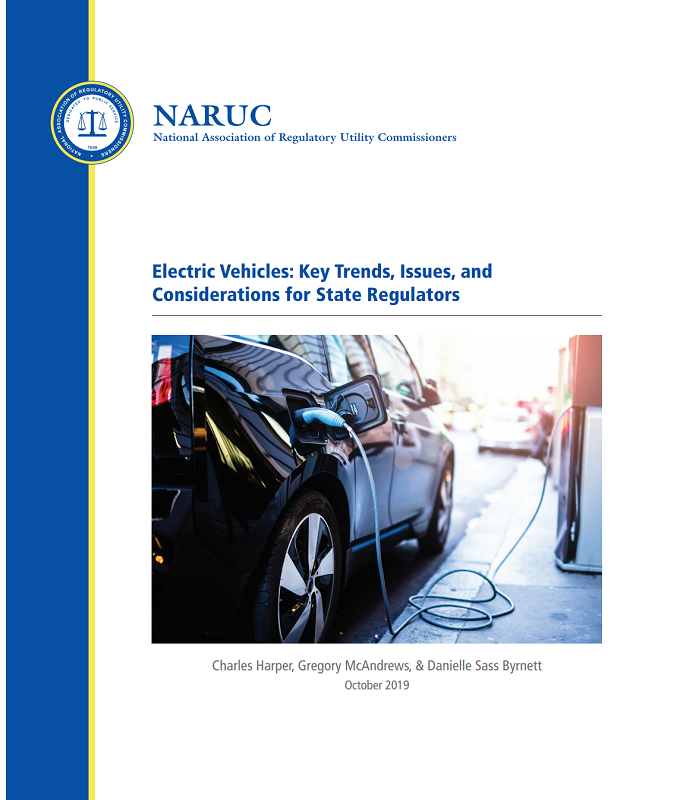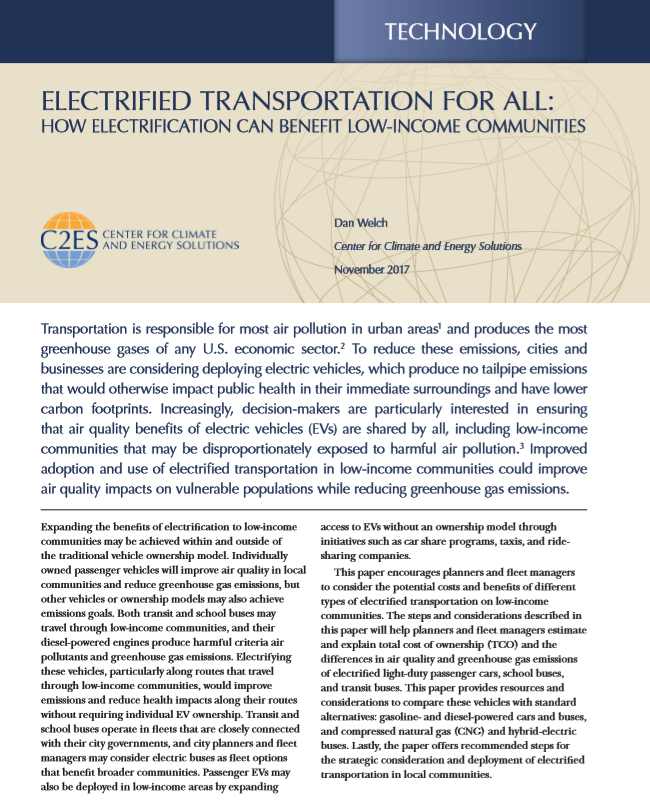Electric Vehicles: Key Trends, Issues, and Considerations for State Regulators
Conner Smith2019-12-24T11:35:39-05:00This issue brief provides data about the trends in EV adoption, a synopsis of the types of decisions commissions are facing, and examples of recent state regulatory approaches to EV questions.









